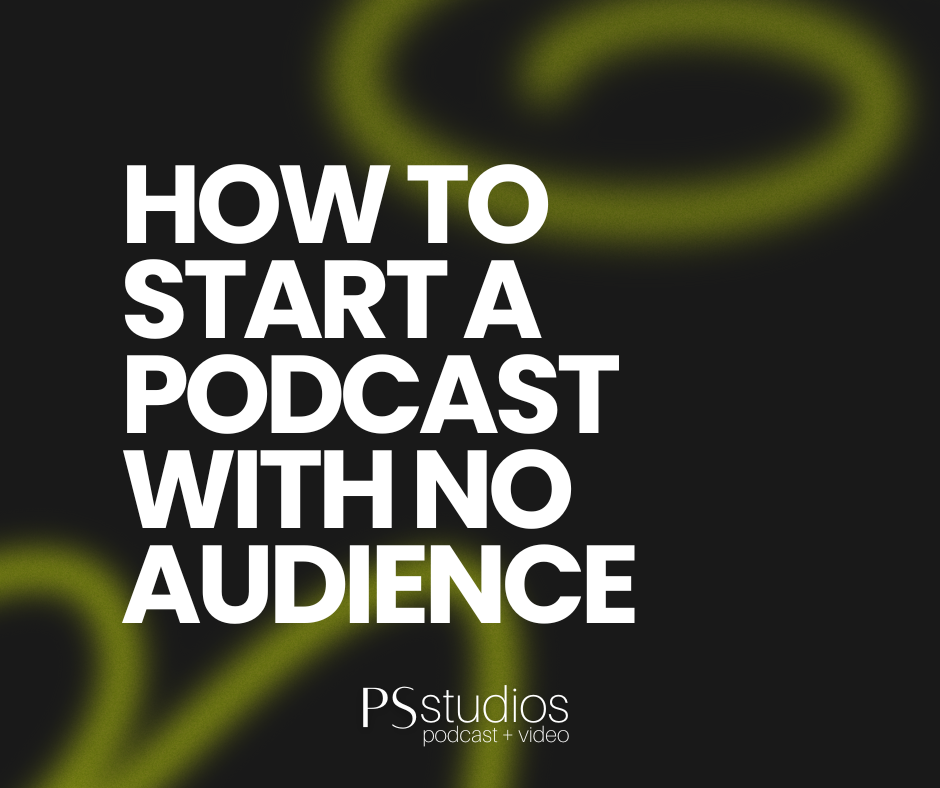
Podcasting has become an increasingly popular medium for sharing ideas, stories, and expertise. With millions of podcasts available across various platforms, you might think that breaking into the scene is daunting, especially if you’re starting from scratch with no audience. However, fear not! Building a successful podcast from the ground up is entirely achievable with the right strategy and dedication. In this guide, we’ll walk you through the essential steps to start a podcast even if you don’t have an audience yet.
Step 1: Define Your Podcast’s Niche and Purpose
Before diving into the technicalities of podcasting, take some time to define your podcast’s niche and purpose. What topics are you passionate about? What unique perspective or expertise can you offer? Narrowing down your focus will not only help you attract the right audience but also differentiate your podcast in a crowded market.
Step 2: Plan Your Content
Once you’ve identified your niche, brainstorm potential episode ideas and outline the format of your podcast. Will it be interview-based, storytelling, educational, or a combination of different styles? Create a content calendar to stay organized and ensure consistency in your releases.
Step 3: Invest in Quality Equipment
While you don’t need to break the bank on equipment, investing in decent-quality audio gear is essential for producing a professional-sounding podcast. At a minimum, you’ll need a microphone, headphones, and recording software. Popular microphone options for beginners include the Blue Yeti or Audio-Technica ATR2100x-USB.
Step 4: Record and Edit Your Episodes
Find a quiet space to record your episodes and focus on delivering engaging content. Don’t worry if your first few recordings aren’t perfect – practice makes perfect! Once recorded, use editing software like Audacity or Adobe Audition to polish your episodes, removing any mistakes or background noise.
Step 5: Create Compelling Cover Art and Write a Captivating Podcast Description
Your podcast’s cover art and description are the first things potential listeners will see when browsing podcast platforms. Create eye-catching cover art that reflects the tone and theme of your podcast, and write a concise yet captivating description that entices listeners to hit play.
Step 6: Launch and Promote Your Podcast
With your episodes recorded and edited, it’s time to launch your podcast! Upload your episodes to a hosting platform like Libsyn, Podbean, or Anchor, and submit your podcast to directories such as Apple Podcasts, Spotify, and Google Podcasts. Once your podcast is live, promote it on social media, reach out to friends and family, and consider guesting on other podcasts to expand your reach.
Step 7: Engage with Your Audience and Consistently Improve
Building an audience takes time and dedication, so be patient and stay consistent with your podcasting efforts. Engage with your listeners through social media, email newsletters, and listener feedback to foster a sense of community around your podcast. Continuously seek feedback and look for ways to improve your content and grow your audience.
Starting a podcast with no audience may seem daunting, but with careful planning, dedication, and persistence, it’s entirely achievable. Define your niche, invest in quality equipment, create compelling content, and promote your podcast to attract listeners and grow your audience over time. Remember, success doesn’t happen overnight, so stay patient and enjoy the journey of podcasting!
